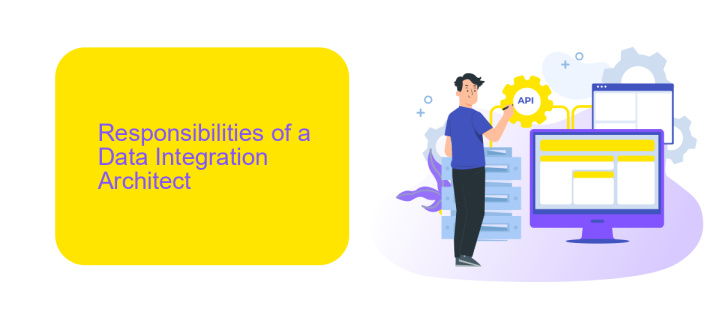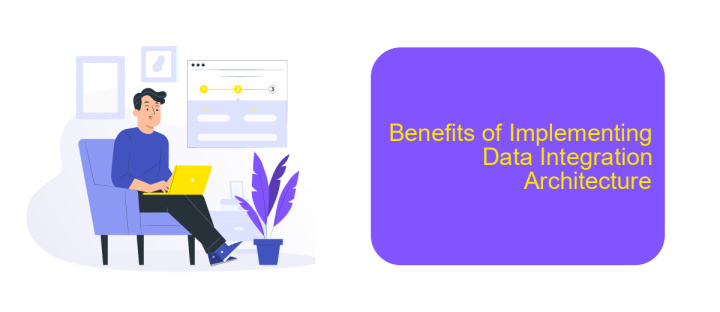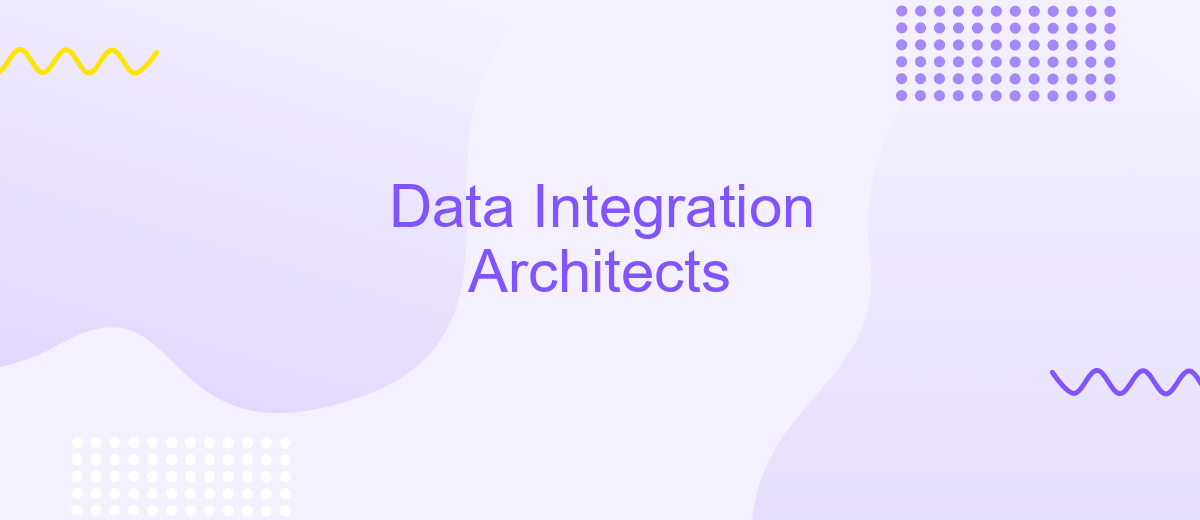Data Integration Architects
In today's data-driven world, Data Integration Architects play a crucial role in ensuring seamless connectivity and coherence across diverse data sources. These experts design and implement frameworks that enable organizations to harness the full potential of their data, driving informed decision-making and fostering innovation. Their expertise is vital for creating robust, scalable solutions that meet the evolving demands of modern businesses.
Introduction
Data Integration Architects play a crucial role in modern enterprises, ensuring seamless connectivity and data flow between disparate systems. As businesses increasingly rely on diverse software solutions, the need for robust data integration becomes more critical. These professionals design and implement strategies to consolidate data from various sources, enabling organizations to make informed decisions and optimize operations.
- Designing and implementing data integration solutions
- Ensuring data quality and consistency
- Managing and monitoring data integration processes
- Collaborating with stakeholders to understand data requirements
- Utilizing tools like ApiX-Drive to automate and streamline integrations
Effective data integration is essential for maintaining data integrity and achieving business goals. By leveraging platforms such as ApiX-Drive, Data Integration Architects can automate complex workflows, reduce manual intervention, and enhance overall efficiency. This not only saves time but also allows organizations to respond quickly to changing business needs, ensuring they remain competitive in a rapidly evolving landscape.
Responsibilities of a Data Integration Architect

A Data Integration Architect is responsible for designing and implementing data integration solutions that ensure seamless data flow across various systems and platforms. They work closely with stakeholders to understand business requirements and translate them into technical specifications. This role involves creating data models, mapping data sources, and developing integration workflows. Additionally, they are tasked with ensuring data quality, consistency, and security throughout the integration process.
Furthermore, a Data Integration Architect must stay updated with the latest technologies and tools in the field. They often utilize integration platforms like ApiX-Drive to streamline the process of connecting different applications and automating data transfers. By leveraging such services, they can reduce manual efforts and improve efficiency. They are also responsible for troubleshooting integration issues, optimizing performance, and providing ongoing support and maintenance to ensure the reliability of data integrations.
Skills and Qualifications Required

Data Integration Architects play a crucial role in ensuring seamless data flow across various systems. They must possess a unique blend of technical expertise, analytical skills, and project management capabilities to effectively design and implement integration solutions.
- Proficiency in data integration tools and platforms such as ApiX-Drive, Informatica, and Talend.
- Strong understanding of data modeling, ETL processes, and data warehousing concepts.
- Experience with APIs, web services, and cloud integration.
- Excellent problem-solving skills and the ability to troubleshoot complex integration issues.
- Strong communication skills to collaborate with cross-functional teams and stakeholders.
- Project management experience, including the ability to manage timelines, resources, and deliverables.
- Familiarity with data governance and compliance standards.
In addition to these skills, a Data Integration Architect should stay updated with the latest trends and technologies in the data integration landscape. Tools like ApiX-Drive can significantly streamline the integration process, making it easier to connect various applications and automate workflows efficiently.
Benefits of Implementing Data Integration Architecture

Implementing a robust data integration architecture brings significant advantages to organizations. Firstly, it ensures seamless data flow across various systems, enabling real-time access to critical information. This leads to improved decision-making and operational efficiency. Furthermore, a well-structured data integration framework reduces data silos, fostering a more collaborative and transparent working environment.
Another key benefit is the enhanced data quality and consistency. By integrating data from multiple sources, organizations can ensure that the information is accurate, up-to-date, and reliable. This is particularly important for businesses that rely on data-driven insights to stay competitive in their respective markets.
- Streamlined data management processes
- Improved data accessibility and usability
- Enhanced collaboration and communication
- Reduced operational costs
- Scalability and flexibility
Tools like ApiX-Drive simplify the integration process by offering user-friendly interfaces and automated workflows. This allows organizations to connect various applications and data sources without extensive technical expertise, making data integration more accessible and efficient. Ultimately, implementing a comprehensive data integration architecture can drive business growth and innovation.


Challenges Faced by Data Integration Architects
Data Integration Architects often grapple with the complexity of integrating diverse data sources, each with its own unique format and structure. Ensuring seamless communication between disparate systems requires not only technical expertise but also a deep understanding of the business processes involved. Additionally, maintaining data quality and consistency across multiple platforms can be challenging, as any discrepancies can lead to significant issues in data analysis and decision-making.
Another significant challenge is the need for real-time data integration, which demands robust and scalable solutions. Tools like ApiX-Drive can be instrumental in this regard, offering automated workflows that simplify the integration process. However, even with such tools, architects must continuously monitor and optimize integrations to prevent data bottlenecks and ensure optimal performance. Security is also a paramount concern, as integrating data from various sources increases the risk of data breaches, necessitating stringent security measures to protect sensitive information.
FAQ
What is the role of a Data Integration Architect?
What skills are essential for a Data Integration Architect?
How do Data Integration Architects ensure data quality?
What are common challenges faced by Data Integration Architects?
What tools can Data Integration Architects use to automate and manage integrations?
Routine tasks take a lot of time from employees? Do they burn out, do not have enough working day for the main duties and important things? Do you understand that the only way out of this situation in modern realities is automation? Try Apix-Drive for free and make sure that the online connector in 5 minutes of setting up integration will remove a significant part of the routine from your life and free up time for you and your employees.

